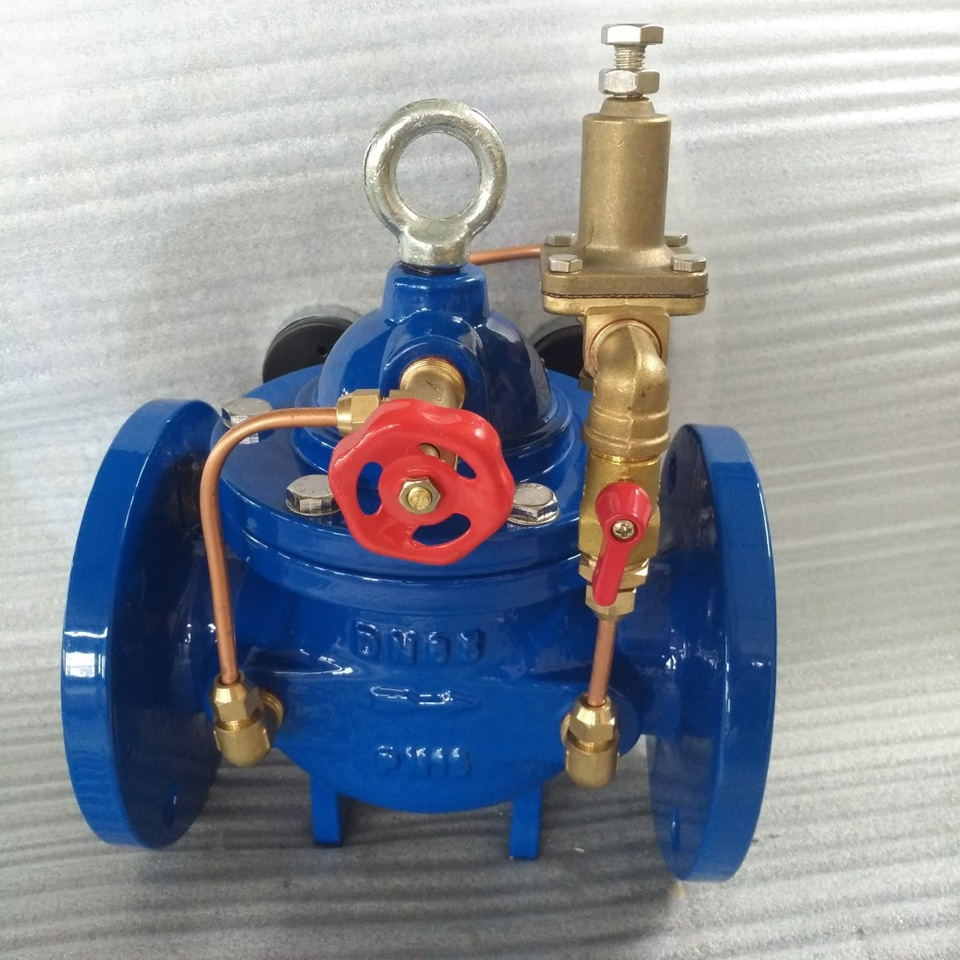1. Introduction
The pressure control stopcock, a crucial bonein the hydraulic system, regulates pressure to insure the system’s safe operation and help outfit damage from over- rated pressure. Common types include relief valveure reducing faucets, sequence faucets, disburdening faucets and pressure relays.
.
2. Pressure Limiting Function
l Relief Valves
- The pressure reducing stopcock is balanced with the system pressure through the spring force. When the pressure exceeds the set value, the stopcock opens to relieve pressure and stabilize the outlet pressure
- ¡ Pressure reducing faucets are used for pressure control in hydraulic branch circuits, limit the maximum pressure of secondary circuits, cover perfection factors( similar as servo cylinders and prvalves), insure system stability, and are suitable for escarpment systems( similar as construction ministry and aerospace).
l Safety Valves
- The safety valve performs the overpressure protection function of the system. When the pressure reaches the preset safety threshold, it automatically releases pressure to prevent structural damage or system failure of key components such as pipelineuators due to overload. It is widely used in hydraulic stations, pressure vessels and industrial equipment.
3. Pressure Reducing Function
l Pressure Reducing Valves
- The original pressure reducing valve amic balance through the feedback of the spring preload force and the outlet pressure. By adjusting the opening degree of the valve port, the outlet pressure is stabilized below the set value, achieving pressure reduction control from the inlet to the outlet and ensuring a constant pressure in the secondary circuit。
- Types and features:
- The direct-acting pressure reducing valve adopts a structure where the valve core and spring aeliminating the need for a pilot control oil circuit. It adjusts the valve opening degree in real time through mechanical feedback, featuring sensitive response (< 50ms) and compact size. It is suitable for precision pneumatic circuits with a flow rate of ≤40L/min and small hydraulic workstations.
- The pilot-operated pressure reducing valve adopts a two-stage control structure. The pilot valve senses the system pressure and drives the main valve core to move. The main valve is designed with a hydraulic pressure balance, which can precisely adjust the working conditions of high flow (> 300L/min) and low pressontrol of high-pressure and high-flow scenarios such as the hydraulic system of metallurgical continuous casting machines and ship steering gears.
- Application: Provide stable low pressure for specific parts of the system (e.g., clamping devices, auxiliary circuits).
- Types and features:
4. Pressure Holding and Unloading Function
l Counterbalance Valves
- The balance valve forms an adjustable back pressure through the dynamic balance of the liquid pressure, spring force and load pressure controlled by the valve core.
- Application: It is widely arios such as crane luffing cylinders and hydraulic hoists where precise load control is required.
l Unloading Valves
- The unloading valve controls the switching of the main valve core through a pilot pressure signal: when the system pressure reaches the set value, the main valve core conducts the oil circuit, allowing the oil output by the hydraulic pump to flow directly back to the oil tank, achieving system pressure unloading and reducing no-load eneption.
- Application: Energy-saving control and periodic operation system for hydraulic pump sets.
5. Sequential Control Function
l Sequence Valves
- The sequence valve is triggered based on the preset pressure and controls the opening and closing of the valve port by balancing the spring force with the inlet pressure.
- Types and features:
- The direct-acting sequence valve adopts a spring-valve core mechanical linkage structure. When the inlet pressure exceeds the preset force of the spring, the valve port opens. There is no pilot control circuit. The structure is compact and pressure regulation is convenient. It is suitable for sequential action control of machine tool fixtures, feeding mechanisms, etc. with a flow rate of ≤60L/min.
- The pilot-operated sequence valve drives the main valve core to act through an external control oil circuit, achieving remote pressure setting and multi-level interlocking control.
- Application: Control the sequence of operations in systems with multiple actuators (e.g., clamp before drilling).
- Types and features:

6 Pressure Regulation & Stabilization
l Pressure Switches
Precision pressure-to-electrical signal conversion for automated system control.
l Accumulator Control Valves
Integrated pressure energy management through coordinated accumulator operation (storage/release cycles).
7 Specialized Pressure Control Valves
l Bi-directional Valves
Critical for electro-hydraulic servo systems requiring ±0.1% precision positioning.
l Proportional Valves
Electrically modulated continuous pressure regulation (0-100% range);
Key enabler for adaptive robotics and Industry 4.0 production systems.
8 System Optimization Summary
Pressure control valves perform critical functions across hydraulic architectures:
Dynamic energy management
Fail-safe pressure containment
Precision process automation
Multi-domain system interoperability
